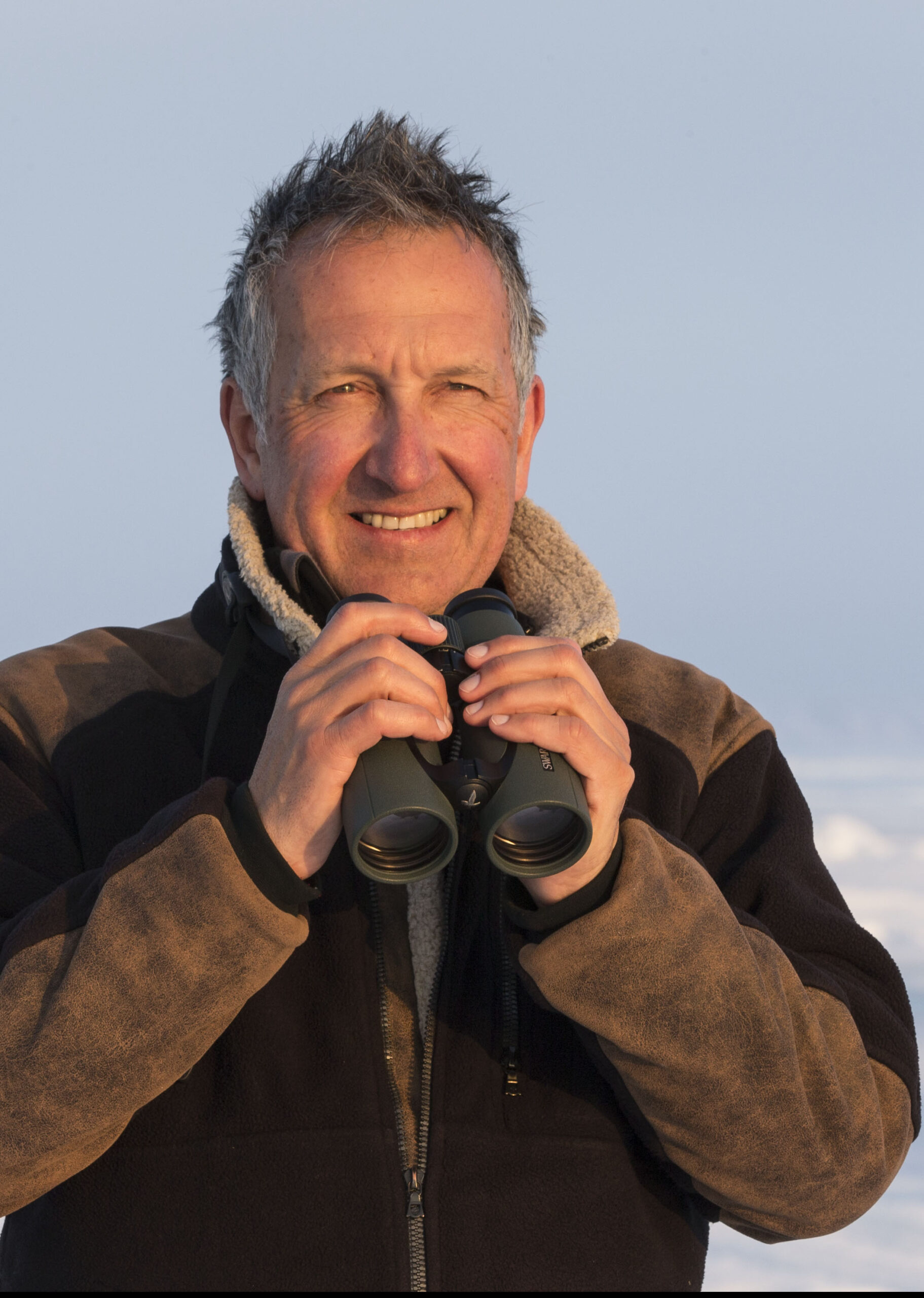1. What is the IWC?
With whale numbers declining to dangerously low levels, whalers feared for their own future. So, in 1946, they adopted the International Convention for the Regulation of Whaling for the “orderly development of the whaling industry”. The IWC was established at the same time, as the Convention’s decision-making body, and has attempted to regulate whaling ever since.
2. So it was never a conservation organisation?
Far from it. Initially, it actively encouraged the development of whaling – in its first 30 years, some two million whales were killed. Recently, the IWC has become more conservation-minded and is beginning to address everything from bycatch to ship strikes. But it is still split by opposing views on the fundamental purpose of the organisation.
3. How does it work?
There are three main parts to the IWC: the Membership, Sub-Groups and Secretariat. There are 88 members (there used to be 89, but Greece left in 2013) each represented by a commissioner, who is helped by experts and advisers. Big decisions are made at biennial members’ meetings, typically lasting two weeks and attended by about 400 people, including government delegates, NGOs, observers and the press – the next meeting, the 66th, will take place in Slovenia in October.
There are six Sub-Groups including the crucial Scientific Committee. The Sub-Groups make recommendations to the members; there is a Scientific Committee meeting in June, also in Slovenia. The Secretariat, currently with 18 staff based in Cambridge, UK, makes it all happen.
4. How are the big decisions made?
Non-binding resolutions can be adopted by a simple majority of member states voting ‘yes’ or ‘no’. But binding decisions (for example, to establish a new whale sanctuary) require a three-quarters majority. Unfortunately, the current IWC membership is roughly evenly divided between pro-whaling and pro-conservation nations, resulting in political deadlock.
5. Why are so many countries pro-whaling?
Actually, only three countries continue to hunt whales commercially: Japan, Norway and Iceland. But Japan has been recruiting new IWC members, giving hundreds of millions of pounds in foreign aid in return for votes. Unfortunately, the one-member-one-vote policy (meaning that Dominica, for example, has the same voting power as the USA) makes this blatant attempt to take control of the IWC possible. Many of these poorer nations have no history of whaling, and some are even land-locked.
6. Isn't there meant to be a moratorium on commercial whaling?
Yes, since 1986, but there are too many loopholes for it to work effectively – more than 40,000 whales have been killed by commercial whalers since the ban. That doesn’t include 10,000 taken by aboriginal whalers; the IWC currently allows limited aboriginal whaling in Russia, the USA, Greenland and on the Caribbean island of Bequia, to meet nutritional and cultural needs – but the distinction has become blurred in recent years, so it is equally contentious.
7. Are all whales under IWC jurisdiction?
No, only great whales. The Scientific Committee does advise on small cetacean issues, but the Faroese pilot whale hunt, Japanese drive hunts and others are not within the IWC’s remit. Some great whales are also taken by non-member countries; for example, sperm whales in Indonesia.
8. So does the IWC work?
It’s not perfect, but it definitely makes whaling harder.

